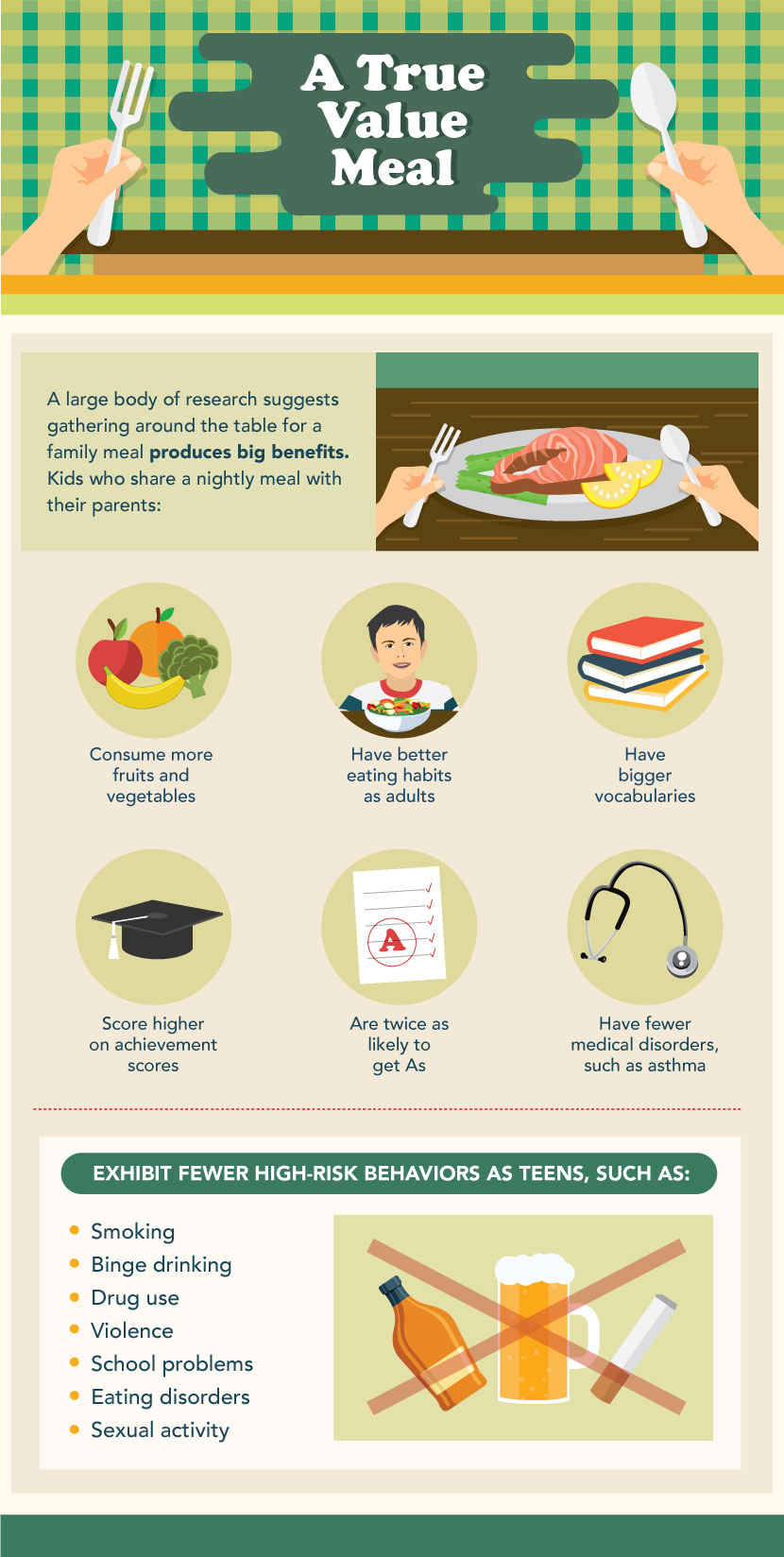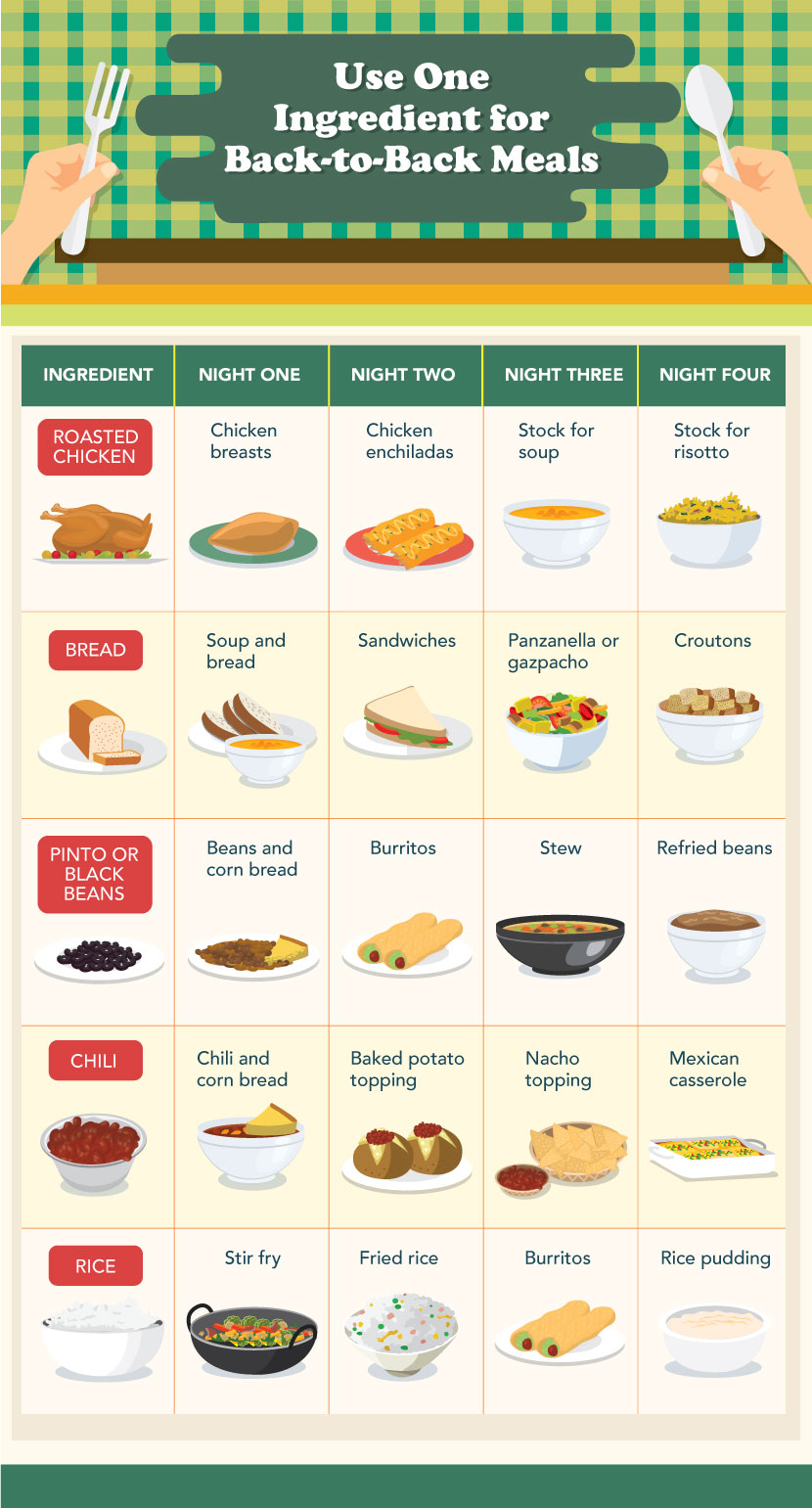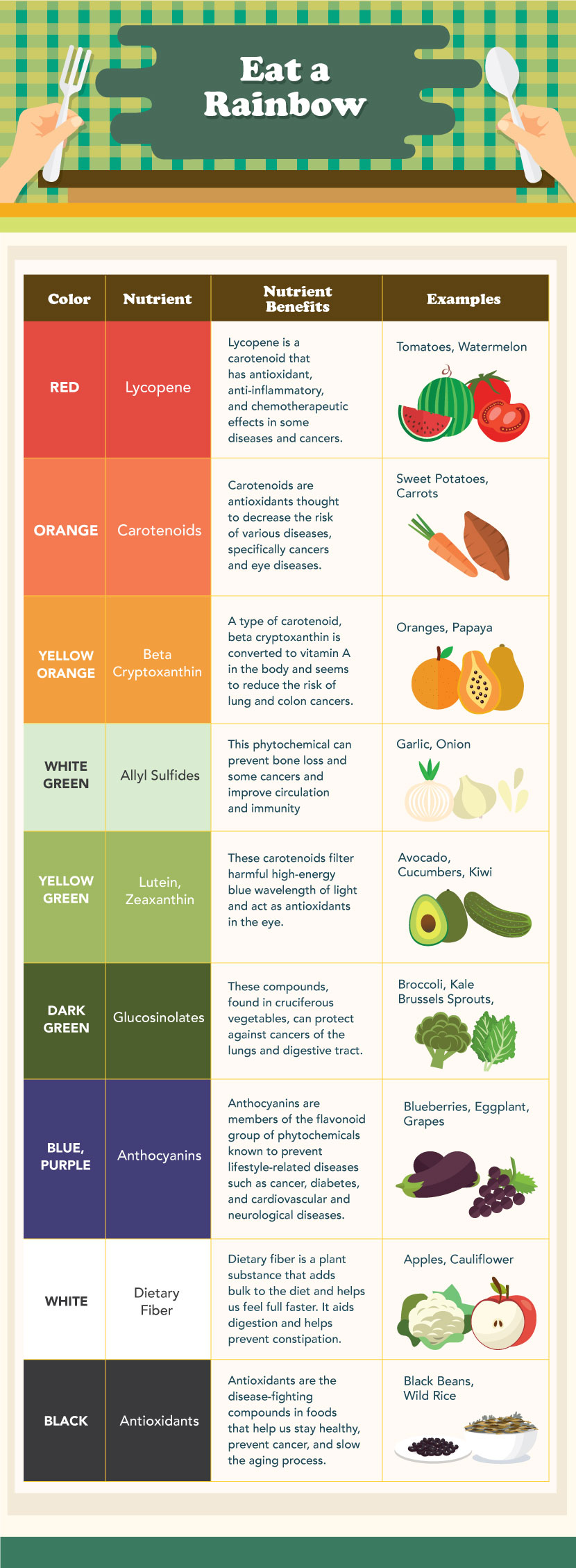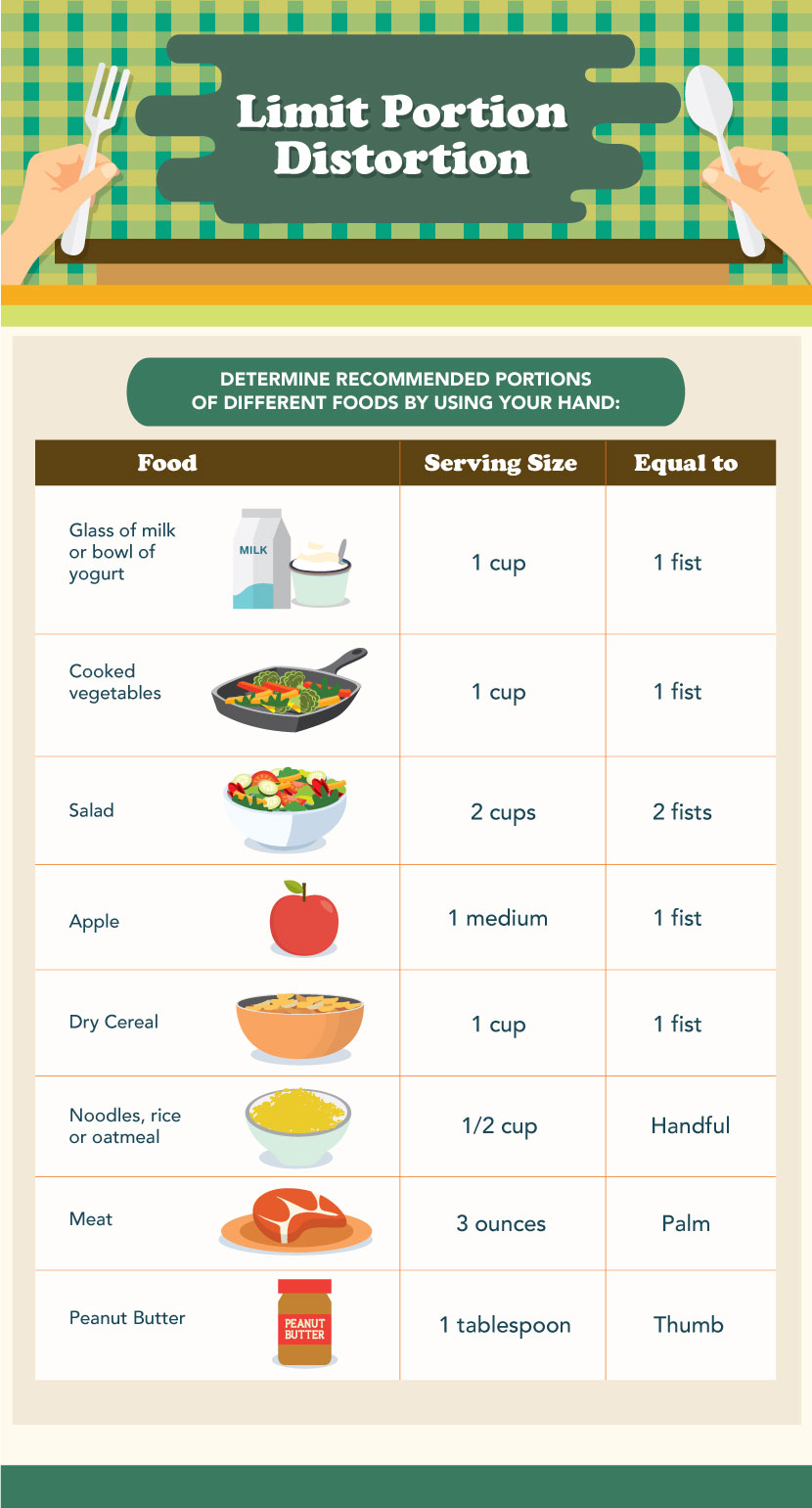Meal Planning 101
Save Time and Money in the Kitchen
Wandering the grocery store aimlessly can cost you. Consumers spend 40 percent more on impulse purchases when they shop without a list, according to Kansas State Extension Service.http://bit.ly/1lQKO7z
And far too much of that food is probably wasted. The average American family throws out 25 percent of the food they purchase.
For a family of four, that means tossing somewhere between $1,365 and $2,275 every year.Bloom, Jonathan; American Wasteland; Da Capo Press; 2011; pg. 185
There’s a solution: meal planning! By planning meals, a family can cut their grocery bill by hundreds of dollars a month and nearly eliminate food waste. Planning meals has other benefits too, including:

Meal Planning Made Simple
If you’re new to menu planning, start by planning one week of meals on a day when everyone’s home and you have time to go shopping. Later, you may want to transition to monthly planning to better take advantage of buying in bulk.http://blog.togethercounts.com/5-simple-ways-to-involve-kids-in-meal-planning/ For the first few meal plans, it’s usually easiest to use pen and paper. Later, you can explore fancier ways to plan if desired.
Gather a few things before you get started:
- A pen
- Two blank sheets of paper
- The weekly sale flyer from the grocery store (usually available in the Sunday newspaper or online)
- Coupons (if you clip them)
- Favorite cookbooks or recipes
- List of vegetables ripe in the home garden or abundant at the farmers’ market (optional)
Limit the Options
When staring at a blank piece of paper and a pile of cookbooks, the options seem endless, and that’s not a good thing. Research suggests people have trouble taking action when there are too many choices.http://www.nytimes.com/2010/02/27/your-money/27shortcuts.html?_r=0
To make picking meals easier and to narrow down options, try one or more of these tactics:
1. Different Days for Different Types of Meals
This method is popular, because it reduces options while leaving room for variety. Here’s an example:
- Monday: Soup
- Tuesday: Baked potatoes with toppings
- Wednesday: Pasta
- Thursday: Pizza and salad
- Friday: Beans and rice
- Saturday: Mexican
- Sunday: Stir fry
This format provides a helpful guideline for planning without stifling creativity. You can swap categories or ditch the whole thing when desired.
2. 20 Core Meals
As a family, brainstorm 20 meals you eat often and everyone enjoys. These will be the core meals that usually populate your meal plan. Choose one or two nights a week, perhaps weekends, to experiment with new recipes.
Add any favorite new recipes to your list of core meals.
3. Consecutive Meals with the Same Ingredient
Brainstorm ways to use one ingredient for several meals. This method saves cooking time and helps cut food waste. Here are some ideas to get you started:

4. Two Meals in One
Save money and time by planning dinners that double as lunches for school, the office, or at home the next day. This practice works especially well with beans, burritos, soup, and other foods that freeze well.
5. Meals from Sales or Seasonal Offerings
Study the supermarket ads to see what’s on sale, or find out what’s fresh at the farmers’ market, then incorporate those foods into the menu.
Google is an ally for discovering recipes combining a handful of ingredients. Just type in the ingredients followed by “recipe,” and see what comes up.
Using sales flyers or seasonal offerings helps limit the paralysis of too many options, saves money, and encourages sourcing food locally.

Plan the Week’s Meals
Once you’ve decided on a method to make meal planning easier, it’s time to plan the specific meals for the coming week. Here’s the simplest way to do it with pen and paper:
- Make a grid with columns for the days of the week and enough rows for the meals you need to plan for – breakfast, lunch, and dinner.
- Fill in the first meal. Note where you found the recipe, so you don’t have to search through cookbooks or hunt the Internet for it when it’s time to cook.
- On the other blank piece of paper, list the ingredients you need from the store for the meal, leaving off what’s already in the fridge or pantry. This is your grocery list. Divide this list by where things are located in the store if it makes shopping easier.
- Repeat until you’ve planned every meal.
- Post the menu on the bulletin board, on the refrigerator, or in a common area, so everyone knows what’s for dinner.
- Take the list and go shopping.

Advanced Meal Planning
Once you get the hang of meal planning, you may want to investigate more efficient ways to do it. Here are a few methods that may work well for tech-savvy people:
Mealtime is powerful. Family therapist Anne Fishel writes that she often wants to tell families to go home and eat dinner together rather than spend an hour with her.https://www.washingtonpost.com/posteverything/wp/2015/01/12/the-most-important-thing-you-can-do-with-your-kids-eat-dinner-with-them/
Cooking at home and gathering around the table with family or friends provides countless benefits, and it doesn’t have to be stressful.
With a good meal-planning system, it may even become everyone’s favorite part of the day.
Embed the article on your site

